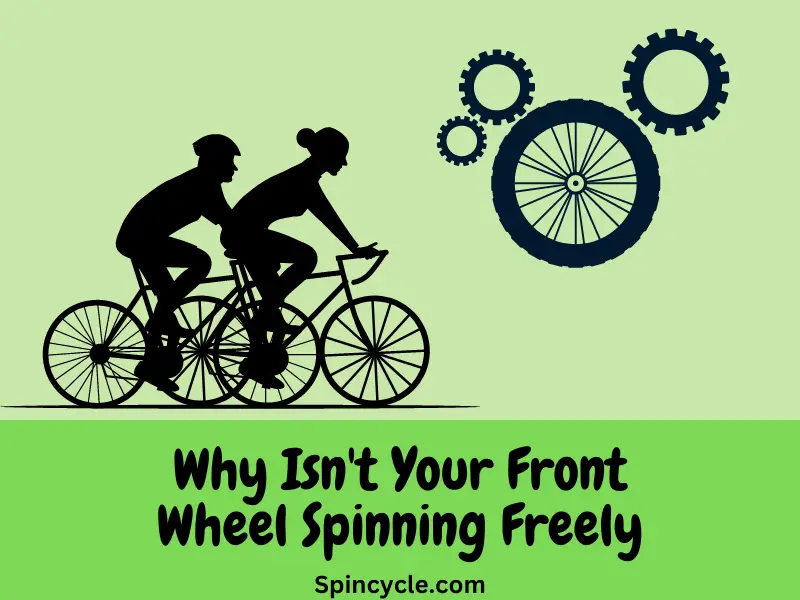Introduction
Unveiling the Truth about Framed Bikes
As cycling gains popularity as a recreational activity and a mode of transportation, choosing the right bike becomes a crucial decision. One common question that arises is whether framed bikes are a good option. In this article, we’ll dive into the world of framed bikes, exploring their features, benefits, and potential drawbacks. By the end, you’ll have a clearer understanding of whether a framed bike is a suitable choice for your cycling adventures.
What are Framed Bikes?
Understanding the Basics
Framed bikes, also known as hardtail bikes, feature a suspension fork at the front of the bike, but no suspension at the rear. The name “framed” refers to the sturdy frame that forms the backbone of the bicycle. This design allows for better power transfer and efficiency while providing some level of shock absorption at the front.

Benefits of Framed Bikes
Hitting the Trails with Confidence
Framed bikes offer several advantages that make them a popular choice among cycling enthusiasts:
Lightweight and Efficient
Framed bikes tend to be lighter compared to full-suspension bikes, thanks to the absence of rear suspension components. This lightweight nature allows for faster acceleration, easier climbing, and improved maneuverability on various terrains.
Cost-Effective Option
If you’re on a budget, framed bikes are often more affordable than their full-suspension counterparts. With fewer components and simpler construction, these bikes offer a cost-effective entry point into the world of mountain biking or trail riding.
Low Maintenance
With fewer moving parts and suspension components, framed bikes generally require less maintenance and upkeep. This can be a significant advantage for riders who prefer spending more time on the trails and less time in the workshop.
Efficient Power Transfer
The rigid rear end of a framed bike ensures that power from your pedaling efforts is transferred directly to the rear wheel. This improved power transfer can result in a more efficient and responsive ride, especially when climbing or accelerating.
Enhanced Control and Feedback
The front suspension fork of a framed bike provides a degree of shock absorption, enhancing control and stability on rough terrains. Additionally, the rigid rear end offers a more direct connection to the trail, providing valuable feedback to the rider.
Drawbacks of Framed Bikes
Considering the Trade-offs
While framed bikes offer numerous benefits, it’s essential to be aware of their potential drawbacks:
Reduced Comfort
The absence of rear suspension means that framed bikes can be less forgiving on rough trails or bumpy surfaces. Riders may experience more jarring impacts and vibrations compared to full-suspension bikes, potentially leading to a less comfortable ride, particularly on longer outings.
Limited Traction
Without rear suspension to aid in maintaining traction, framed bikes may struggle to maintain optimal grip on challenging terrains, such as loose or technical trails. This limitation can affect overall control and may require riders to adjust their technique accordingly.
Impact on Descents
When encountering significant drops or large obstacles, framed bikes may not absorb the impacts as effectively as full-suspension bikes. This can result in a harsher landing and potentially reduce overall confidence when tackling technical descents.
Making the Right Decision
Choosing the Right Bike for Your Needs
Ultimately, the choice between a framed bike and a full-suspension bike depends on your specific preferences and riding style. Here are some factors to consider when making your decision:
Terrain and Riding Style
Consider the type of terrain you’ll predominantly ride on and the level of technicality involved. Framed bikes excel in cross-country trails and smoother surfaces, where efficiency and power transfer are crucial. Full-suspension bikes, on the other hand, shine in more demanding, rough terrains, providing increased traction and comfort.
Budget
Your budget will play a significant role in determining the type of bike you can afford. If you have a limited budget, a framed bike offers a cost-effective option without compromising on performance.
Personal Preference
Ultimately, personal preference and comfort should guide your decision. If you prioritize a lightweight, efficient ride with enhanced power transfer and direct feedback from the trail, a framed bike might be the right choice for you.
Conclusion
In conclusion, framed bikes can be an excellent choice for riders seeking a lightweight, efficient, and cost-effective cycling experience. They offer improved power transfer, low maintenance requirements, and enhanced control on various terrains. However, it’s important to consider the potential trade-offs, such as reduced comfort and limited traction. Assessing your riding style, budget, and personal preferences will help you determine whether a framed bike is the right fit for your cycling adventures.

FAQs (Frequently Asked Questions)
1. Q: Can I ride a framed bike on rough trails?
A: While framed bikes can handle some roughness, they may not provide the same level of comfort and traction as full-suspension bikes on challenging terrains.
2. Q: Are framed bikes suitable for beginners?
A: Yes, framed bikes are often recommended for beginners due to their affordability, simplicity, and ease of maintenance.
3. Q: Do framed bikes require less maintenance than full-suspension bikes?
A: Yes, framed bikes generally require less maintenance since they have fewer moving parts and no rear suspension components.
4. Q: Can I upgrade a framed bike with rear suspension in the future?
A: Depending on the frame design, some framed bikes may allow for rear suspension upgrades. However, it’s essential to consult with a bike expert or manufacturer to ensure compatibility.
5. Q:Are framed bikes suitable for downhill riding?
A: While framed bikes can handle downhill riding to some extent, full-suspension bikes are generally preferred for their superior shock absorption and control on technical descents.
Important Links:
– CyclingTips – The Benefits of Hardtail Bikes
– REI – How to Choose a Mountain Bike
Watch this one,
Video Credits – Joel Delonge
DOWNLOAD THIS ARTICLE :Click Here
You May Also Like



